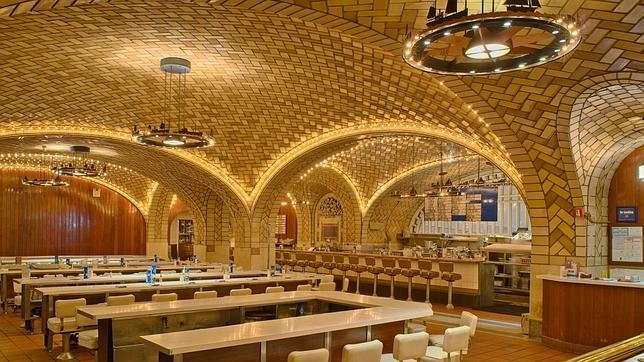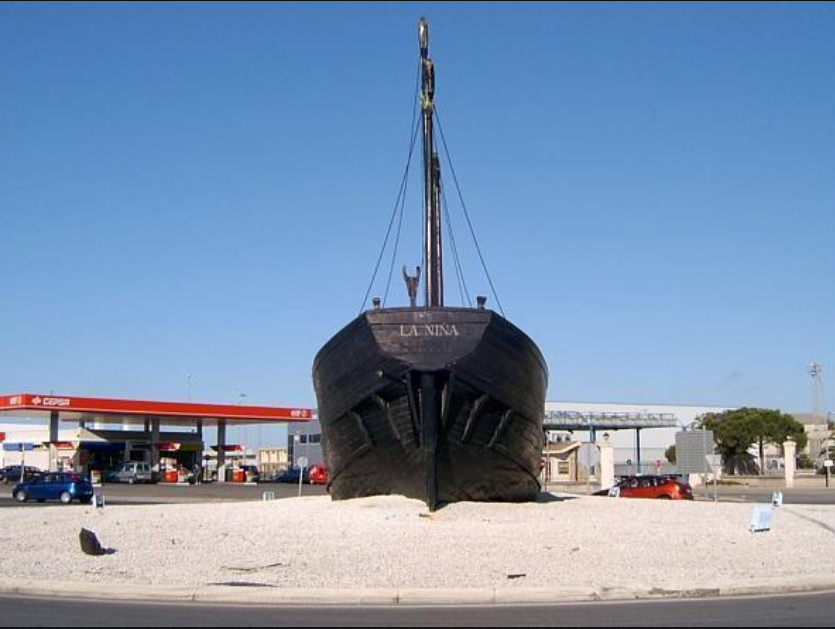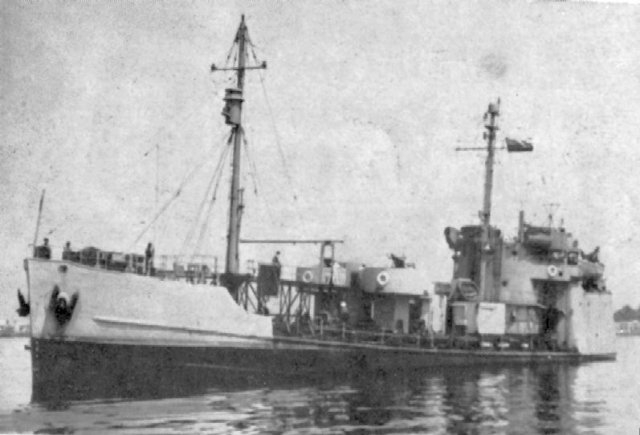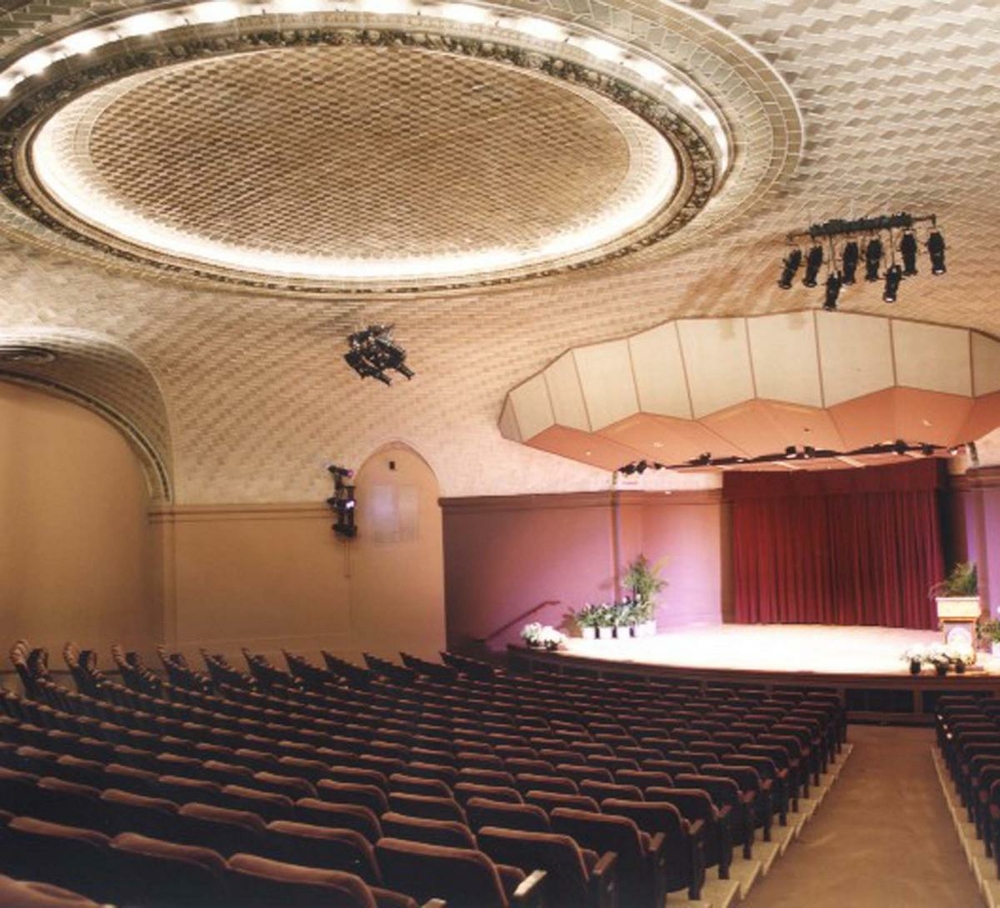
#TalDíaComoHoy en 1908, muere el artista español Rafael Guastavino en Ashville, Estados Unidos, conocido como “el arquitecto de Nueva York”. Según el @nytimes, ,el artista “reinventó” y “revolucionó” la Gran Manzana . Te explicamos en este hilo por qué.
#RespectHispanicHeritage
#RespectHispanicHeritage

El valenciano estudió en la Escuela de Maestros de Obras en Barcelona (precedente de la @ETSABarcelona), y se mudó a Nueva York en 1881, con 39 años. Dejó una herencia de 1000 obras por EEUU y unas 250 en la ciudad que nunca duerme.
#RespectHispanicHeritage
📷 @publico_es
#RespectHispanicHeritage
📷 @publico_es

Entre sus proyectos más destacados en Nueva York, están el @OysterBarNY de la @GrandCentralNYC, la entrada del @carnegiehall y el auditorio Baird del @NMNH.
#RespectHispanicHeritage

#RespectHispanicHeritage


En todas las obras de Guastavino se pueden apreciar las bóvedas de ladrillo plano de origen árabe, que tan amplia tradición tienen en el mediterráneo español.
#RespectHispanicHeritage
📷 Oyster Bar NY
#RespectHispanicHeritage
📷 Oyster Bar NY

El hecho de conseguir estas bóvedas de ladrillo fue su gran logro técnico, ya que este material trabaja muy bien la compresión, pero no tanto la tensión, y construir bóvedas llevaba consigo el riesgo de que el ladrillo se partiera.
#RespectHispanicHeritage
#RespectHispanicHeritage
Aunque los inicios de su carrera fueron duros, después de siete años en Nueva York y tras haber realizado varias obras, él y su hijo fundaron su propia compañía, que llegó a tener 12 oficinas en todo el país.
#RespectHispanicHeritage
📷 @FundConEspEEUU
#RespectHispanicHeritage
📷 @FundConEspEEUU

Sus obras son tan reconocibles y admiradas que, hoy en día, cuando se descubre en las obras de Manhattan algún rastro de Guastavino, la prensa acude a cubrir la noticia.
#RespectHispanicHeritage
#RespectHispanicHeritage
Para descubrir más sobre Guastavino, te recomendamos que leas nuestro post: hispaniccouncil.org/rafael-guastav… o que veas el documental dirigido por @VizcarraEva “El arquitecto de Nueva York”.
#RespectHispanicHeritage
#RespectHispanicHeritage
• • •
Missing some Tweet in this thread? You can try to
force a refresh




















